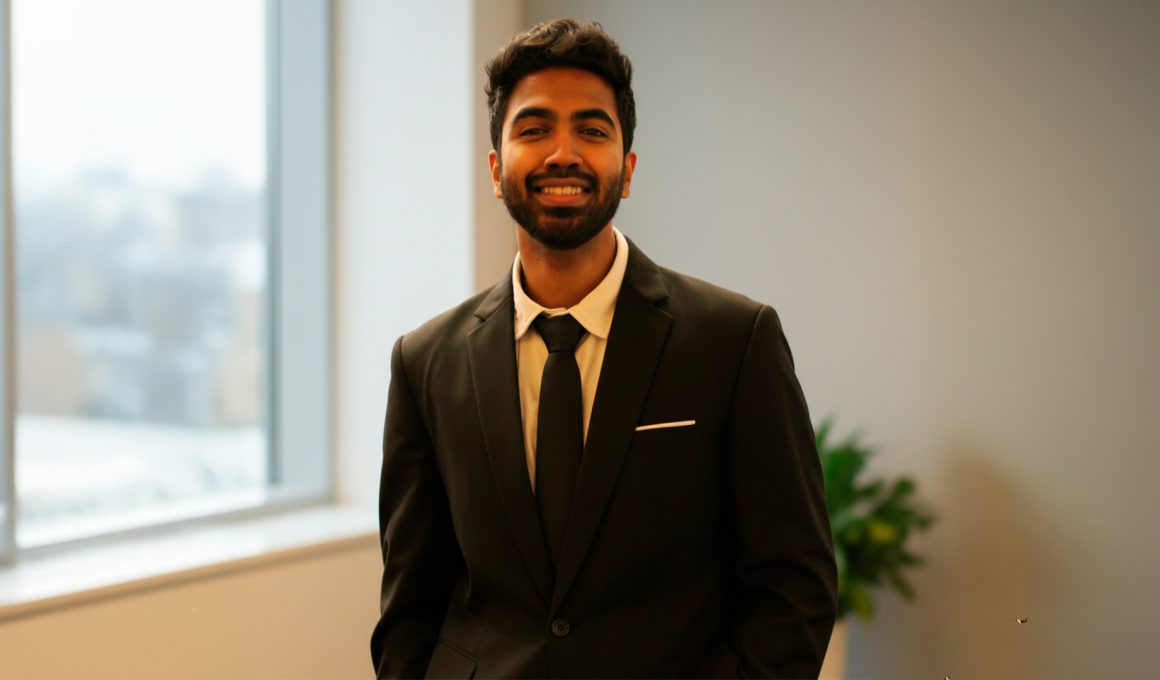Most students learn in their own way, yet classrooms are still designed to teach everyone the same. Some absorb knowledge visually, others need to hear it, while many learn best by writing and practicing. Subash Rajaseelan recognized this gap years ago and began exploring how artificial intelligence could finally address one of education’s oldest challenges: giving every student the personalized attention that helps them thrive.
Identifying the Core Learning Challenge
Rajaseelan noticed a challenge that many students quietly face: learning isn’t one size fits all. “Every learner is different,” he explains. “It could be an adult in the workplace, a child in school, or someone in college. Each person has unique needs.” The problem is that personalized help is rarely easy to find, and when it is, it usually comes with a steep price tag. Students are left with a difficult choice. They can stick with standard instruction that might not fit their style, or they can pay for private tutoring that quickly becomes expensive. “If I want the best tutor who understands me and can deliver the right outcomes based on my preferences, it will cost a lot because I need to hire that person individually,” Rajaseelan says.
This imbalance creates what he calls a “hard problem,” one that is both financially draining and inherently unfair. Research supports his concern. In 1984, educational psychologist Benjamin Bloom discovered that students who received one-on-one tutoring performed, on average, two standard deviations better than peers in a traditional classroom. The gap was striking. Yet for decades, expanding that kind of individualized support to all students seemed unrealistic. Only with the rise of AI has the equation begun to change.
Highlighting Global Education Inequality
Where a child is born often determines the quality of education they receive. Rajaseelan puts it plainly: “The quality of education you get depends on where you’re born, just like your access to healthcare, good food, and other essentials.” For students in underserved areas, the barriers are everywhere. Many do not have access to well-trained teachers, proven methods, or even the right learning materials. Online resources are not always a solution either. “Things are not being taught the way you’re supposed to learn locally,” Rajaseelan explains. “At the end of the day, you still need to earn your credentials and pass local exams.” This is where AI has the potential to rewrite the story. A well-designed system can adapt to the learner and also take their background into account. “It can pretty much know you and at the same time understand your demographic,” he says. That opens the door for culturally relevant content that fits local contexts while still maintaining global standards of quality. The biggest shift comes in affordability. Instead of paying what Rajaseelan calls “fifty dollars an hour, which is very expensive,” students could one day access high-quality tutoring for just a fraction of that cost—“as little as a dollar an hour.”
Embracing AI Support in Classrooms
Contrary to what many expected, teachers are not resisting AI tutors. In fact, they are embracing them. “Teachers welcome AI,” Rajaseelan explains. “There are innovators who see how effective it is and are recommending it to their colleagues.” The reason is straightforward. Teachers want to reach more students but are constantly constrained by time. They enter the profession because it is meaningful, yet often feel helpless when they cannot give each learner the support they need. “They are in this profession because it’s fulfilling, but they can’t support students as much as they would like,” Rajaseelan says. AI offers a solution by allowing teachers to, as he puts it, “make copies of themselves and extend their capacity.”
The technology does more than provide extra capacity. It gives educators a clearer picture of their students’ progress. Teachers can identify learning gaps, track essential insights, and know exactly what is needed before moving to the next lesson. The result is higher-quality instruction across the classroom. Looking ahead, Rajaseelan envisions AI tutors that operate independently. These systems will be able to diagnose a student’s learning gaps, understand personal preferences, and adapt to any teaching style. “The AI should be able to create an immersive experience where you can see, walk around, and explore, just as you would apply math in real life,” he predicts.
Students will interact with these tutors in a natural way, speaking and learning as they would with a human instructor. Over time, the very concept of exams may change. “The most innovative teachers and schools won’t have exams anymore and assess the student ongoing with deeper insights,” Rajaseelan suggests. “They will trust that the AI can guide students and measure outcomes.” If this vision takes hold, class time itself could shrink to only a few hours a day, leaving more space for students to develop life skills and gain practical experience.
Connect with Subash Rajaseelan on LinkedIn to explore how AI is reshaping education.





